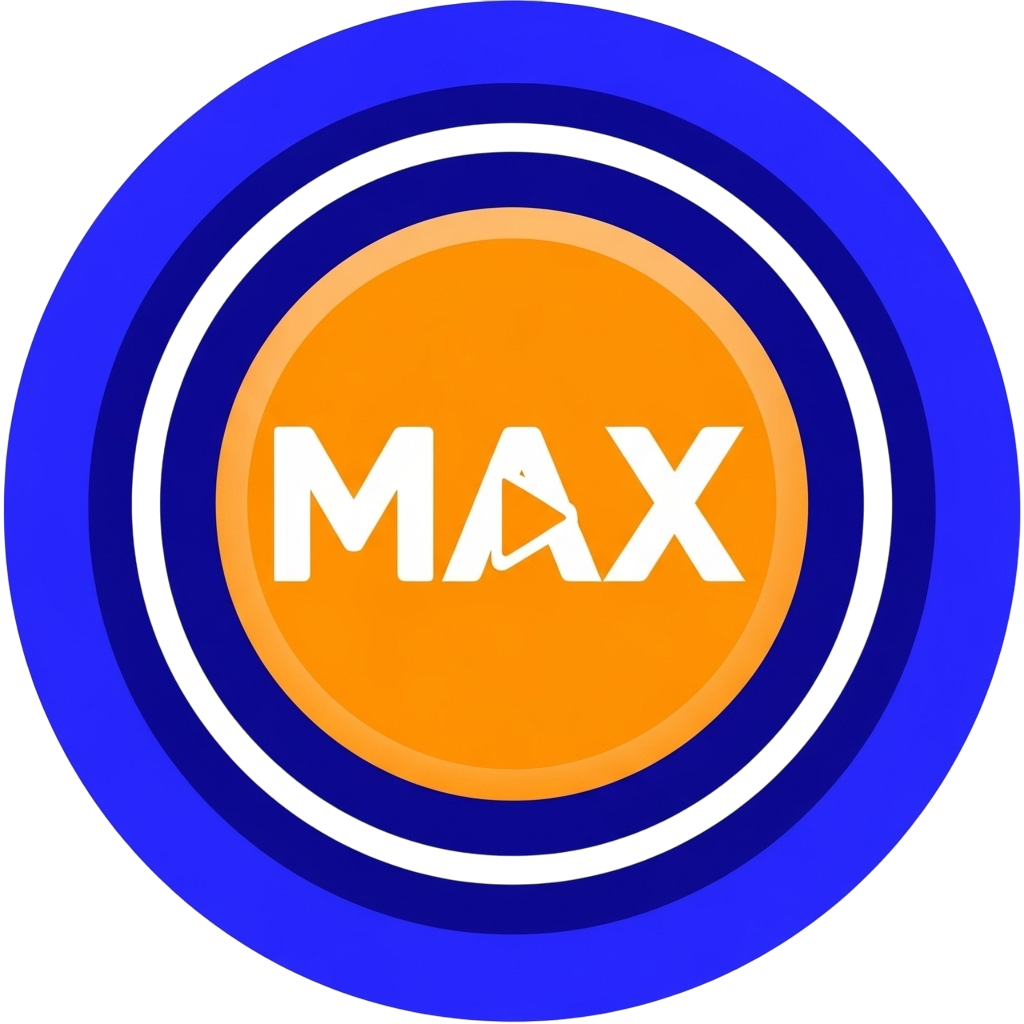The "Okay" soundboard is a highly versatile collection of audio clips centered around one of the internet’s most iconic and multi-layered reaction words. Far from being a single audio file, the power of the
Okay Soundboard on platforms like soundboardmax.com lies in its variety, capturing different tones-from defeated resignation to surprising acceptance-that instantly resonate in pop culture.
The sound is famous precisely because it’s the ultimate expression of passive acknowledgement. Whether you’re accepting a terrible fate in a video game or simply giving a blunt, unenthusiastic reply in a live stream chat, the right "Okay" clip adds immediate humor and emphasis, making it a staple across Twitch, Discord, and TikTok.
Tracing the Defeated: Origin and Cultural Significance of the Okay Soundboard
To understand why this sound is so popular, we must look at the two distinct meme phenomena that generated the most used "Okay" audio and visual moments.
Unpacking the Voices: Where Did These Viral "Okay" Sounds Come From?
The primary source for the sentiment behind the sound is the famous "Okay Guy" rage comic face. This downtrodden, simple digital drawing was created to communicate a feeling of sad, defeated resignation when faced with minor daily frustrations.
A second, more explicit audio source comes from a viral Vine clip (a precursor to TikTok). In this clip, a tourist says "Hi!" to a Rwandan guide, Jackson, who responds simply and sweetly with, "Okay." This particular audio clip became famous for expressing awkward or slightly surprised yet complete acceptance.
From Forums to Fandom: The Evolution of the Viral Okay Soundboard
The original "Okay Guy" rage comic gained mass popularity on image macro sites and Reddit as early as 2011. Its success proved the universal relatability of the resigned "Okay" sentiment.
The Vine version cemented the word's status as a go-to reaction audio around 2014. As soundboards became essential tools for content creators and online communities, particularly with the rise of streaming, these short, highly expressive clips were bundled together. The utility of the word "okay" also led to the rise of other viral text-based phrases like "Weird Flex But Okay" (around 2018), further broadening the meme's cultural footprint. The accessibility of a high-quality, curated Okay Soundboard became paramount for quick meme deployment.
Effective Meme Communication: When to Drop the "Okay" Clip
The beauty of the "Okay" sound is its flexibility in conveying subtle emotions:
- Defeated Resignation: Use the original, low-energy "Okay Guy" voice when a situation is hopeless, like when a friend chooses a terrible movie, and you just accept it.
- Sarcastic Dismissal: Pair the sound with a moment of strange boasting or an odd statement to imply, "I heard you, I don't get it, but whatever."
- Awkward Acceptance: Use the gentler, more surprised "Okay" sound (like the Vine version) to acknowledge a strange request or unexpected piece of information.
Mastering the Art of Resignation with the Iconic "Okay"
The "Okay" meme, in all its iterations, is an iconic piece of internet history, perfectly capturing the shared experience of low-stakes defeat and mild surprise. It provides a simple, universal language for acknowledging the absurdity of life without having to argue.
If you’re looking to master the art of the perfect reaction, head over to soundboardmax.com to explore the entire Okay Soundboard collection. And for those who prefer crafting their own unique reaction audio, be sure to check out the powerful Text
To Speech Soundboard features available to create new, iconic, and SEO-friendly sounds.
